
The Age-Old Rivalry
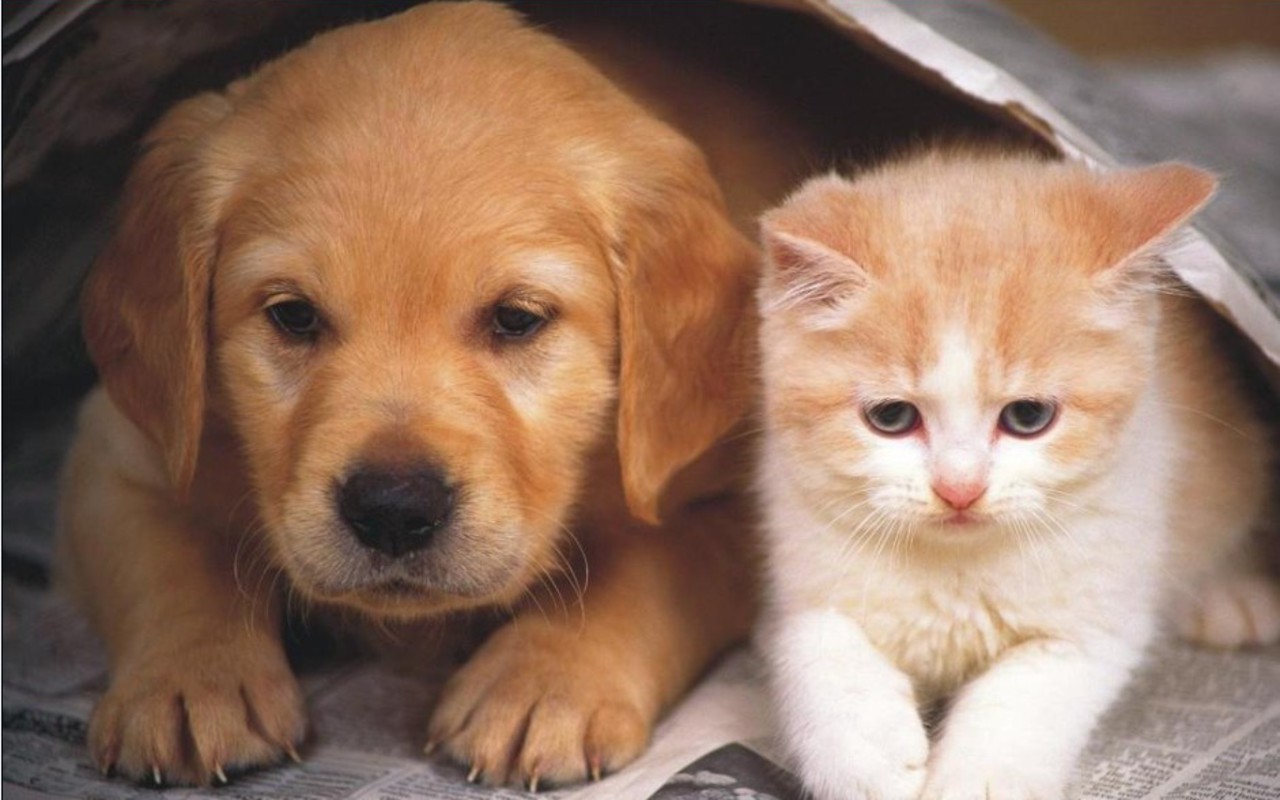
For centuries, the rivalry between dogs and cats has been a topic of fascination for pet owners and animal lovers alike. Are these furry creatures destined to be enemies, or is there a chance for them to become the best of friends? Let's explore the dynamics between dogs and cats and uncover the truth behind this age-old debate.
The Differences in Personality

Dogs and cats have distinct personalities that contribute to their unique relationship. Dogs are known for their unwavering loyalty, friendliness, and eagerness to please their human companions. On the other hand, cats are often perceived as independent, mysterious, and selective in their affections.
Can Dogs and Cats Get Along?
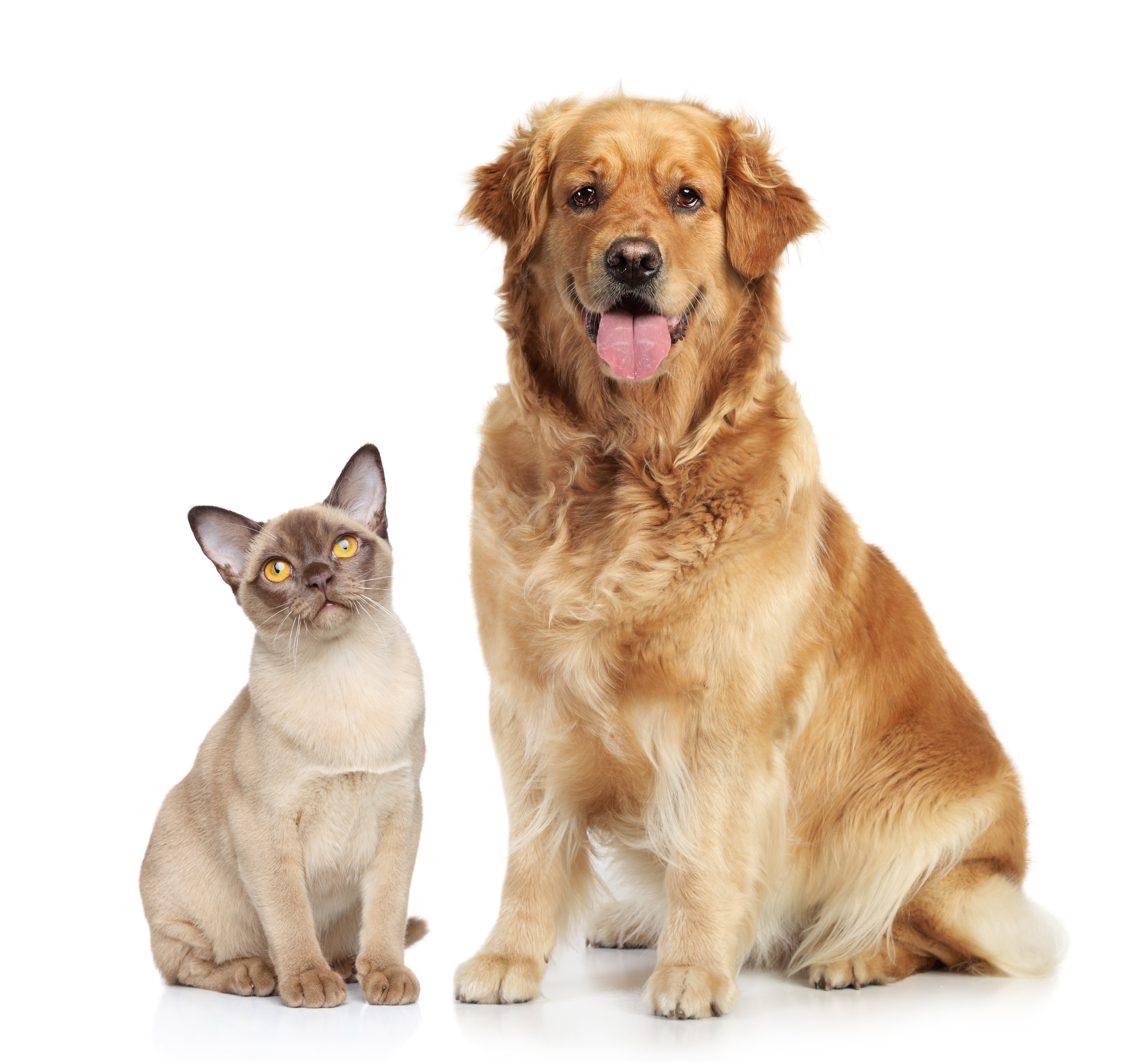
Contrary to popular belief, dogs and cats can absolutely get along. However, the key lies in proper introductions and early socialization. When introduced at a young age, dogs and cats can develop a harmonious relationship based on mutual respect and understanding.
The Importance of Proper Introductions
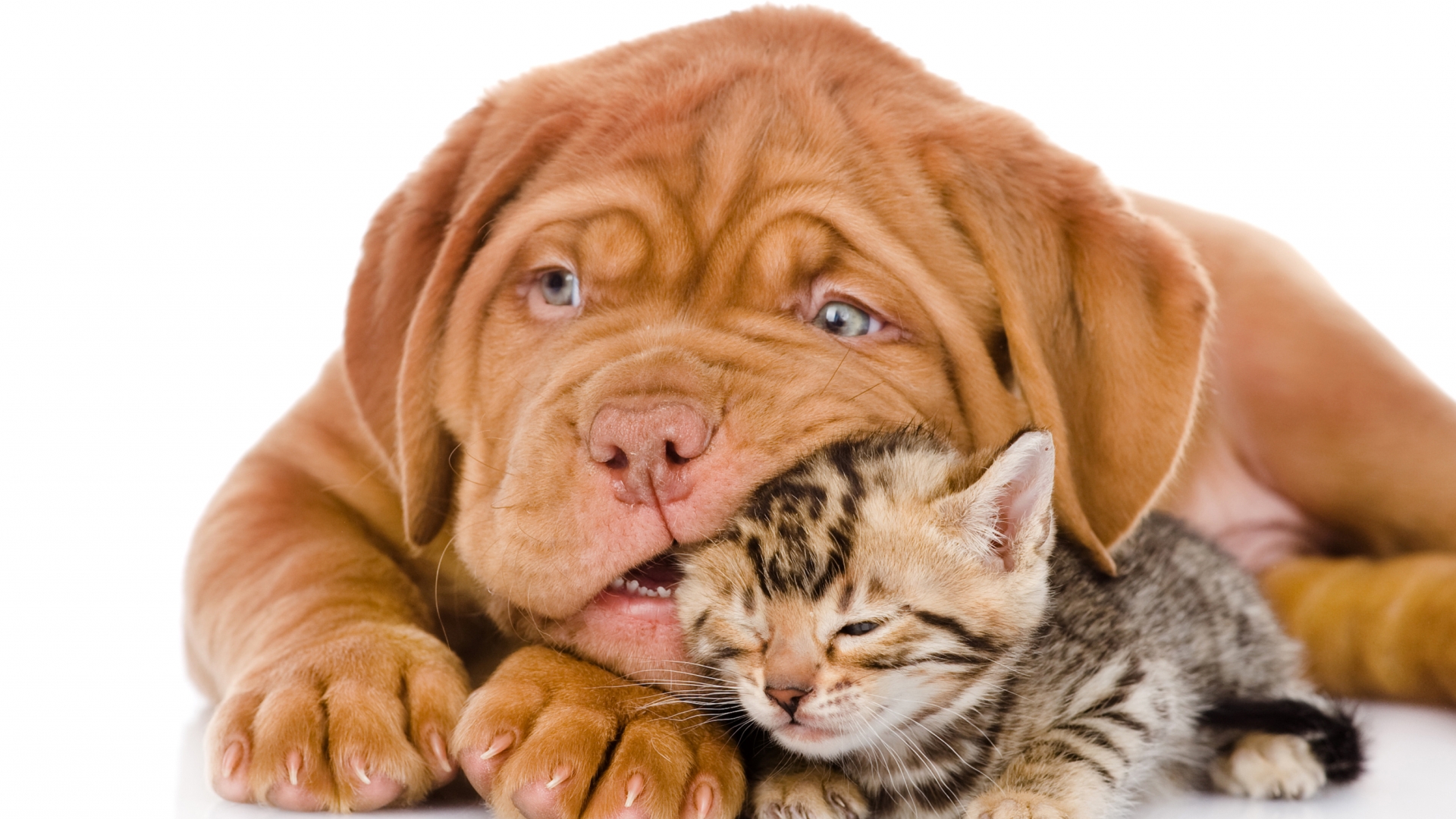
When bringing a new cat or dog into your home, it's crucial to introduce them gradually and in a controlled environment. Start by keeping them in separate spaces and gradually allow supervised interactions. This helps prevent any potential conflicts and allows them to adjust to each other's presence.
Understanding Body Language

Both dogs and cats communicate through body language. Understanding their signals can help pet owners ensure a peaceful coexistence. For example, a wagging tail in a dog typically signifies happiness, while an upright and twitching tail in a cat may indicate excitement or agitation.
Creating a Safe Environment

Providing a safe and secure environment is vital for fostering a positive relationship between dogs and cats. Ensure that each pet has their own designated space, complete with food, water, and bedding. This allows them to have a sense of ownership and reduces the likelihood of territorial disputes.
Supervised Interactions

During the initial stages of their relationship, it's crucial to supervise interactions between dogs and cats. This helps prevent any aggressive behaviors and allows you to intervene if necessary. Gradually increase the duration of their supervised playtime to promote bonding and familiarity.
Positive Reinforcement and Rewards
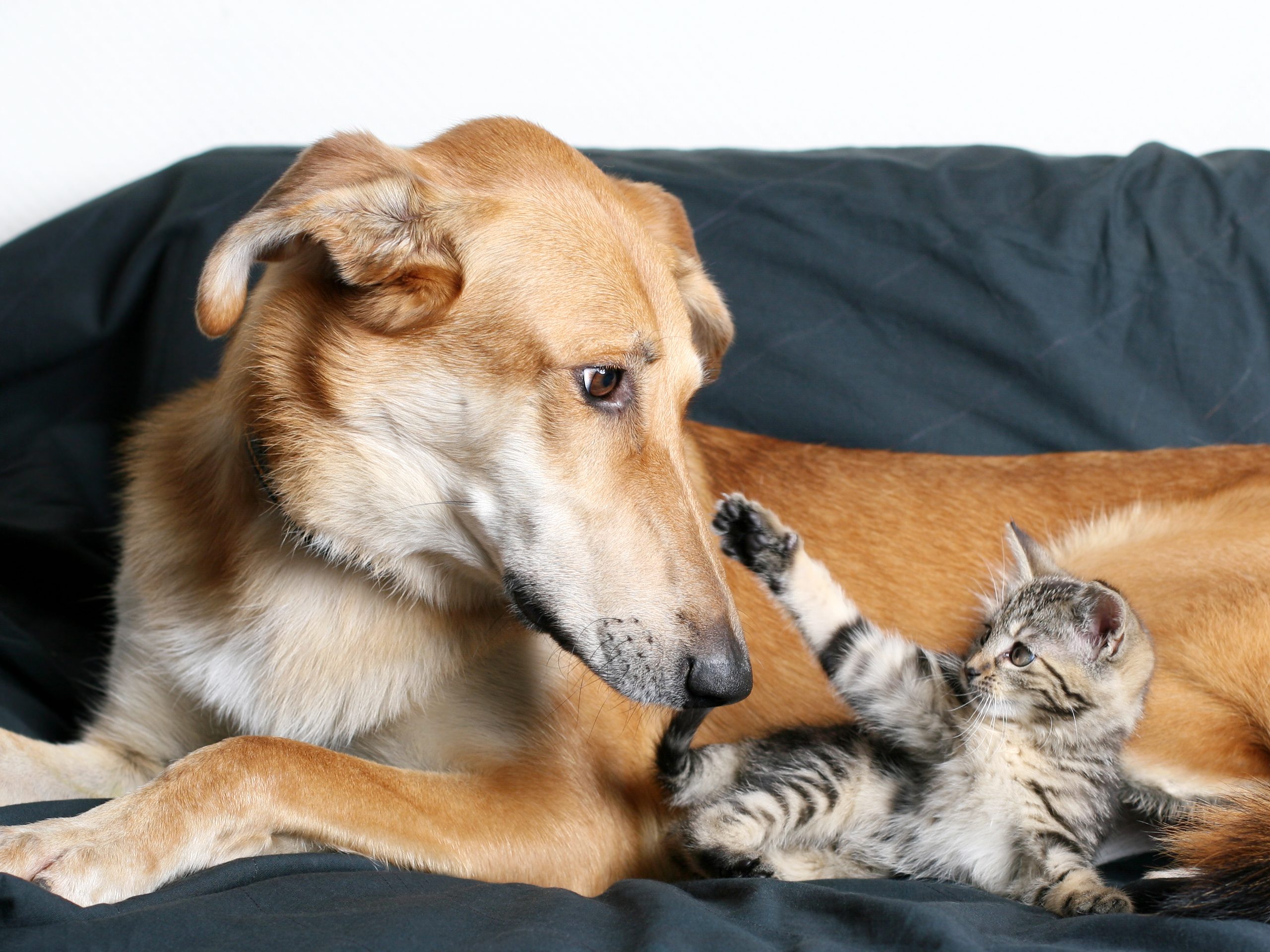
Using positive reinforcement techniques can greatly aid in creating a harmonious bond between dogs and cats. Reward both pets for calm and friendly behavior towards each other. Treats, praises, and playtime can go a long way in reinforcing positive associations and reducing any potential animosity.
Understanding the Dynamics
It's essential to recognize that dogs and cats have different social structures and communication styles. Dogs are pack animals, while cats are more solitary creatures. Understanding and respecting these differences can help pet owners facilitate a smooth and peaceful coexistence.
The Benefits of a Dog and Cat Relationship
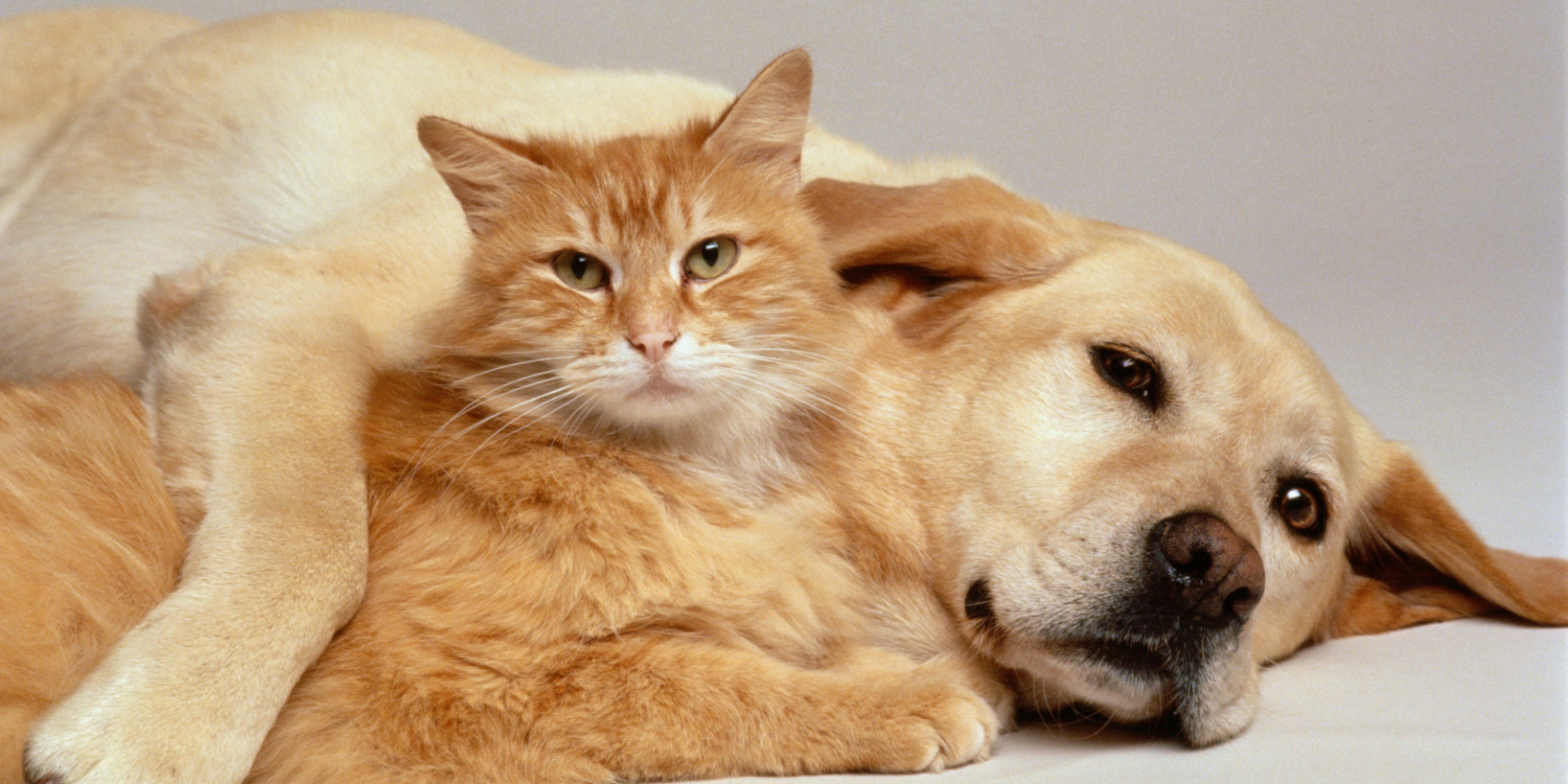
When dogs and cats successfully form a bond, the benefits extend beyond their own happiness. A dog and cat living harmoniously can bring joy, companionship, and entertainment to their human family. It's a heartwarming sight to witness these two species coexisting and even playing together.
Conclusion
In conclusion, dogs and cats can become the best of friends with the right approach and proper introductions. By understanding their personalities, body language, and providing them with a safe environment, pet owners can foster a positive and lasting relationship between these two beloved pets. Remember, patience, consistency, and a lot of love are key to helping dog and cat friendships thrive.